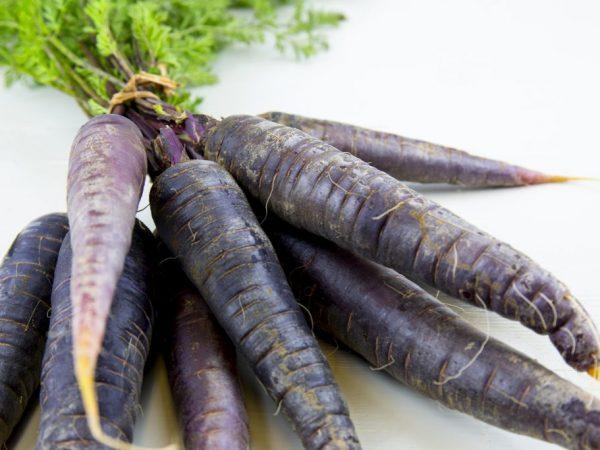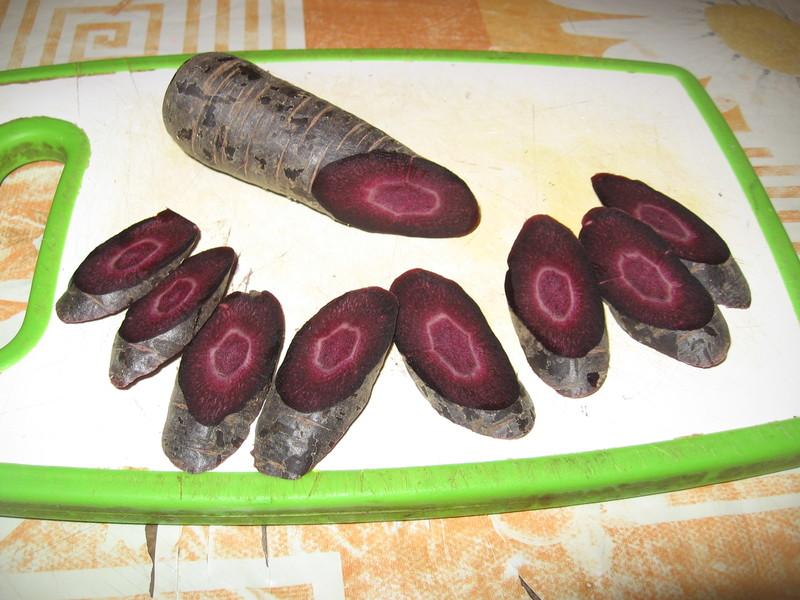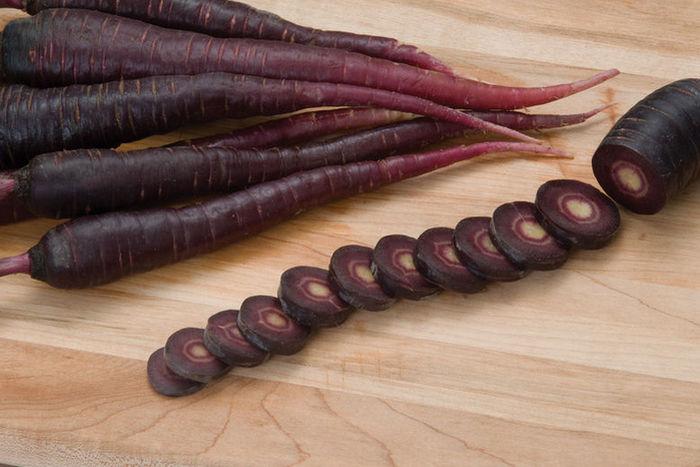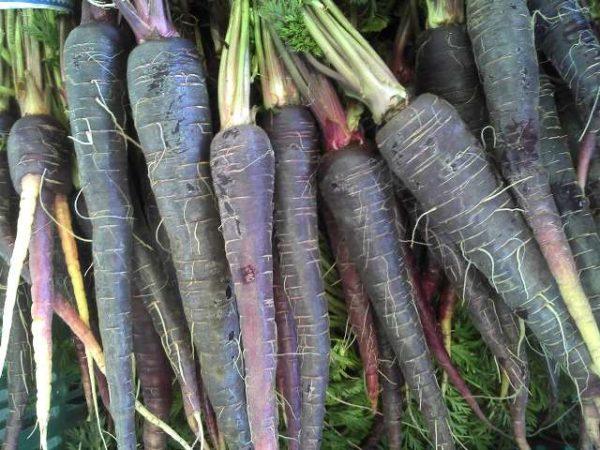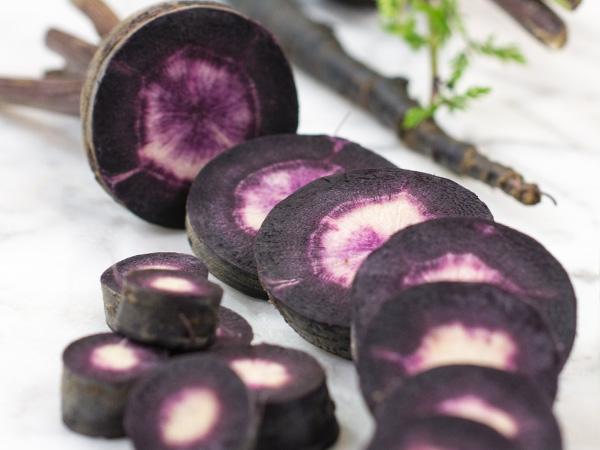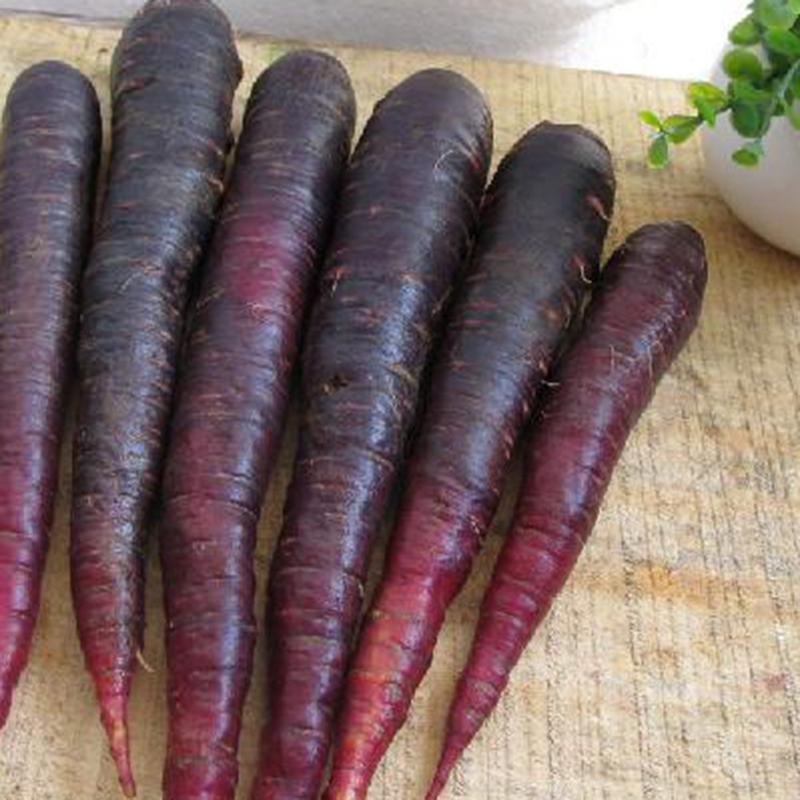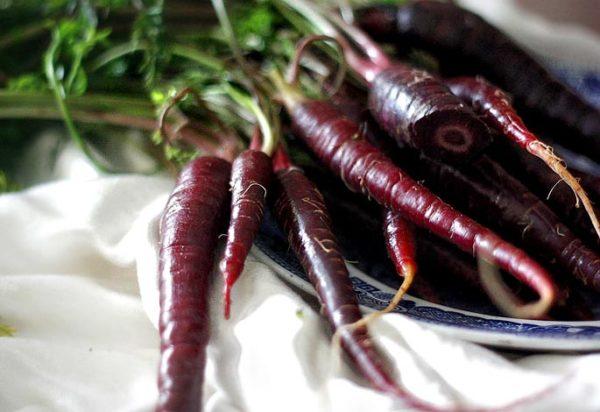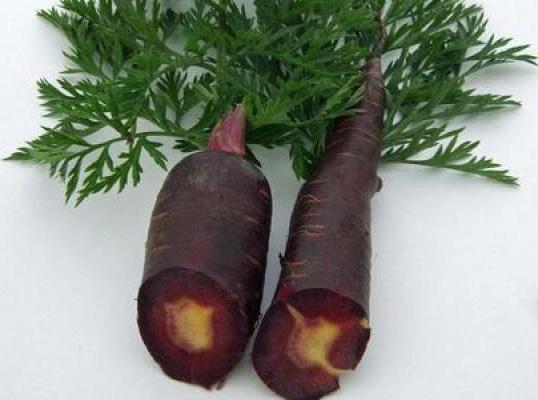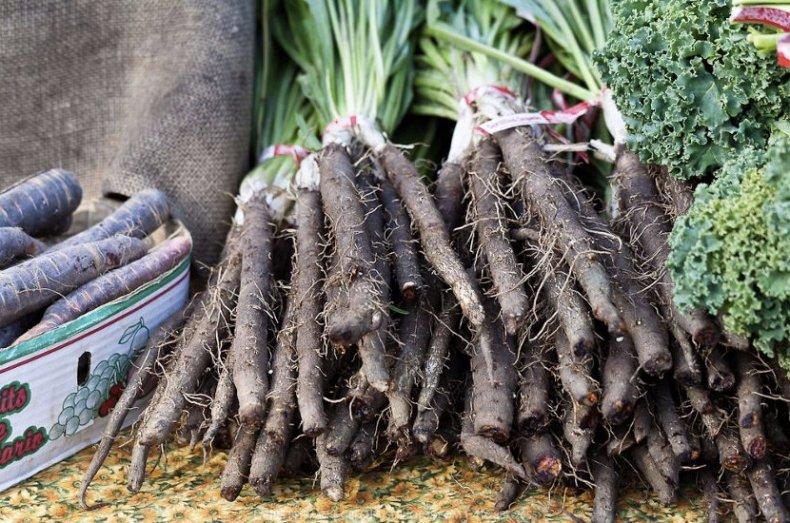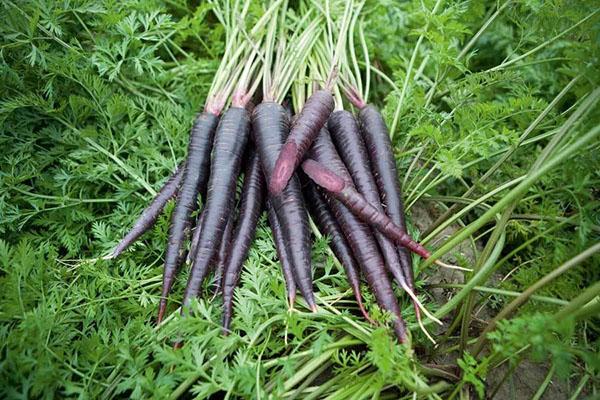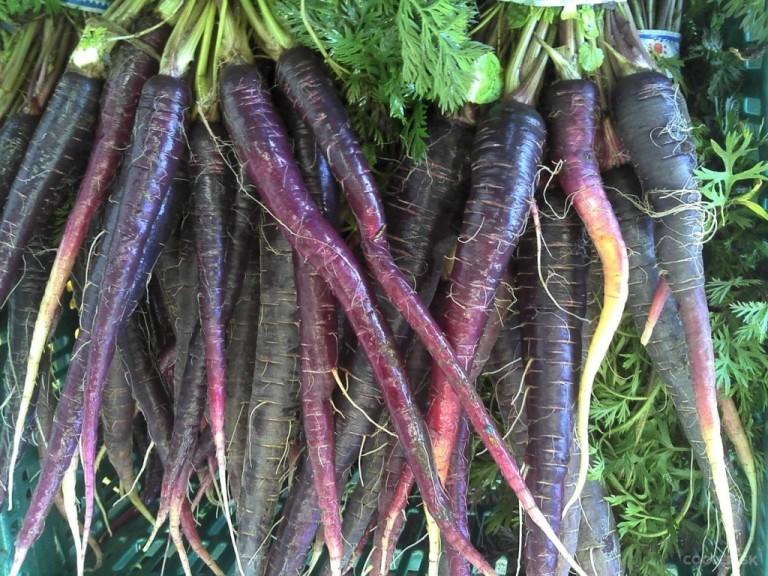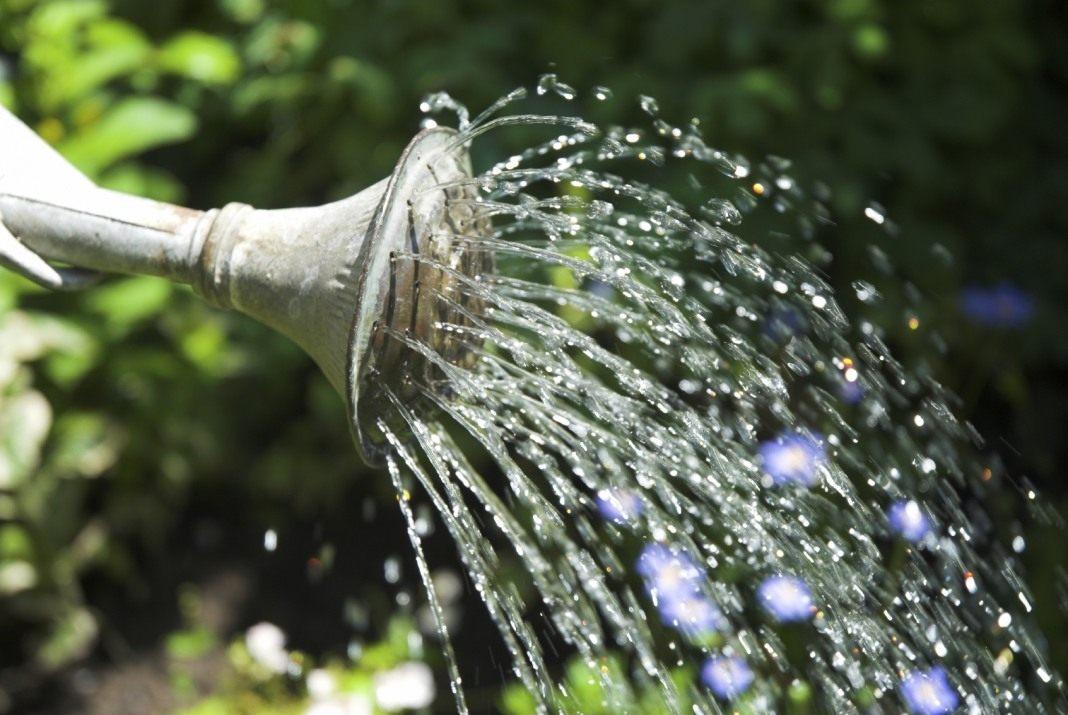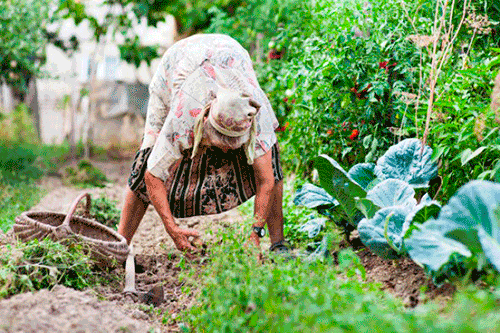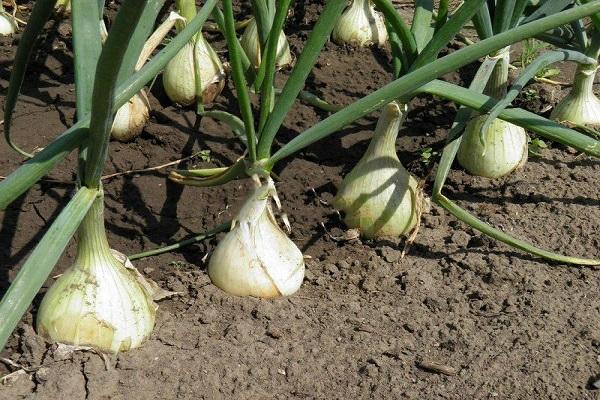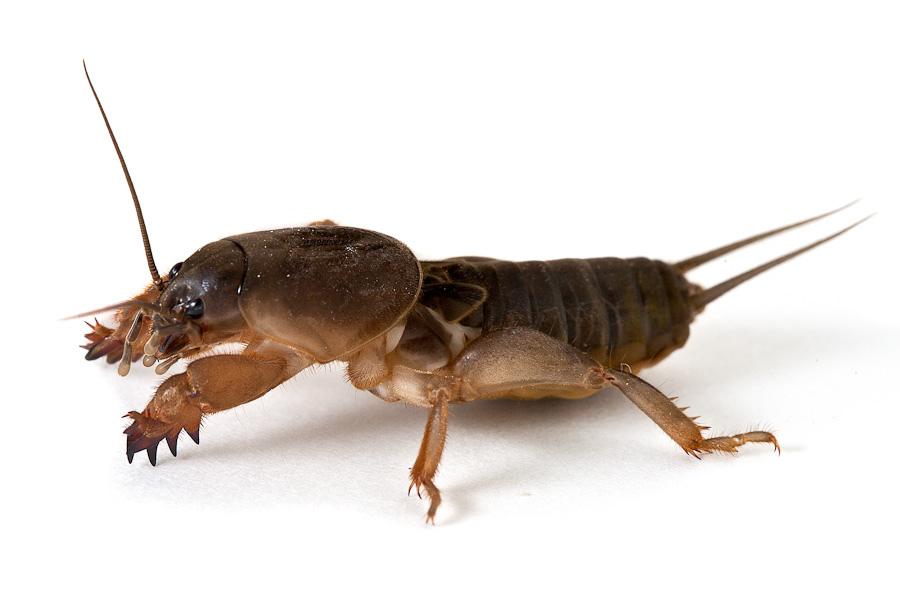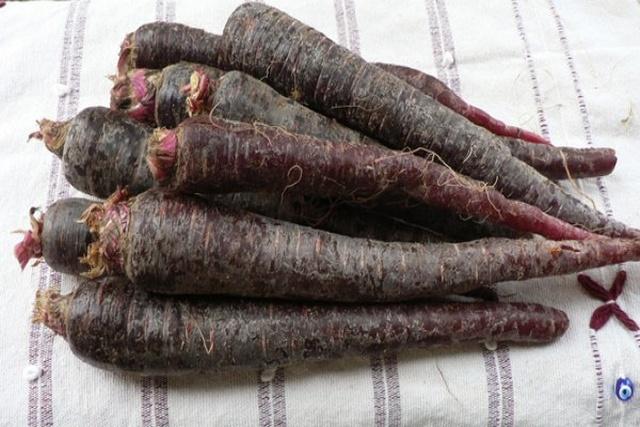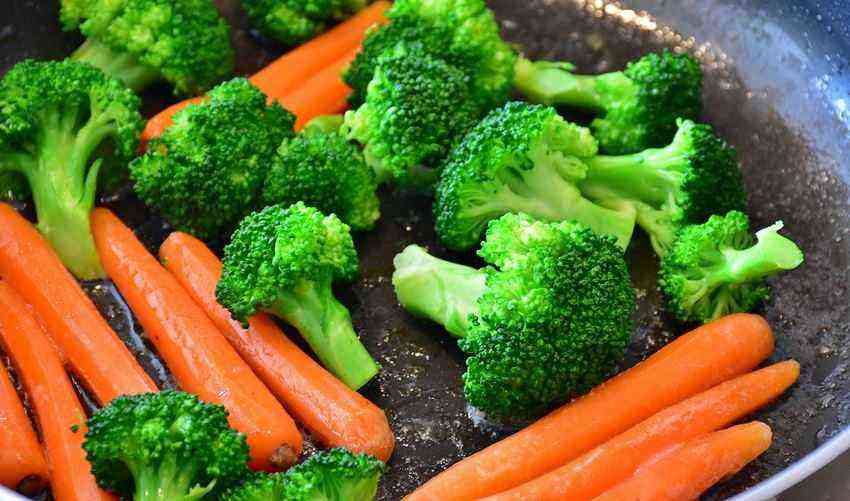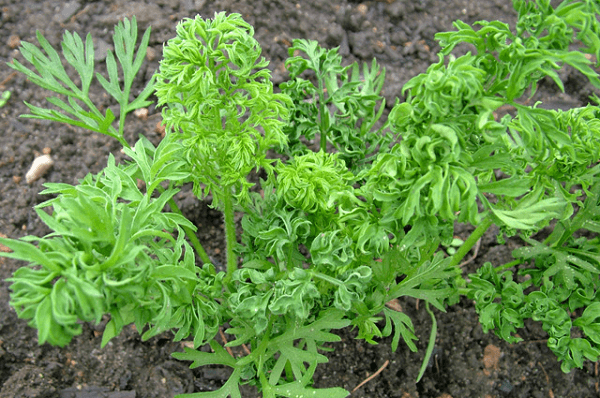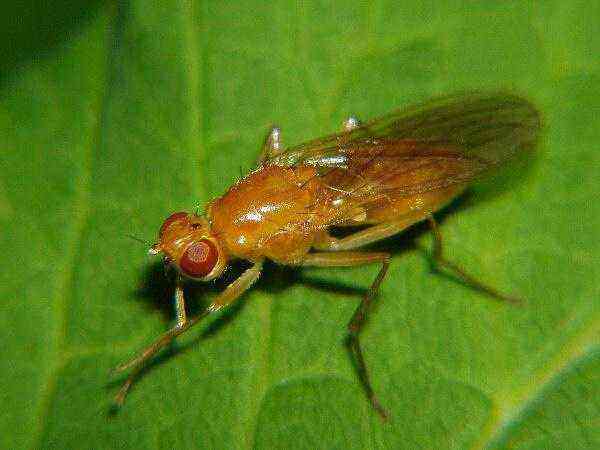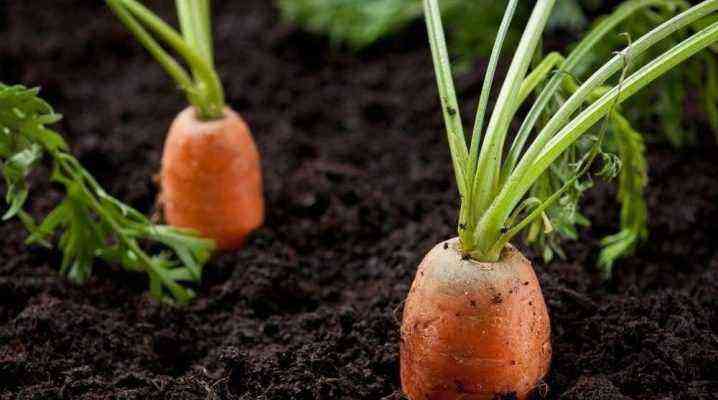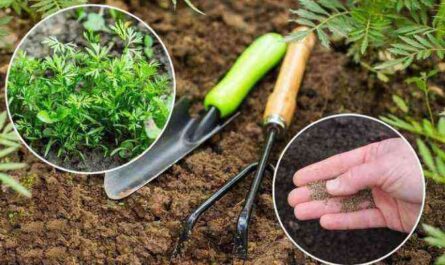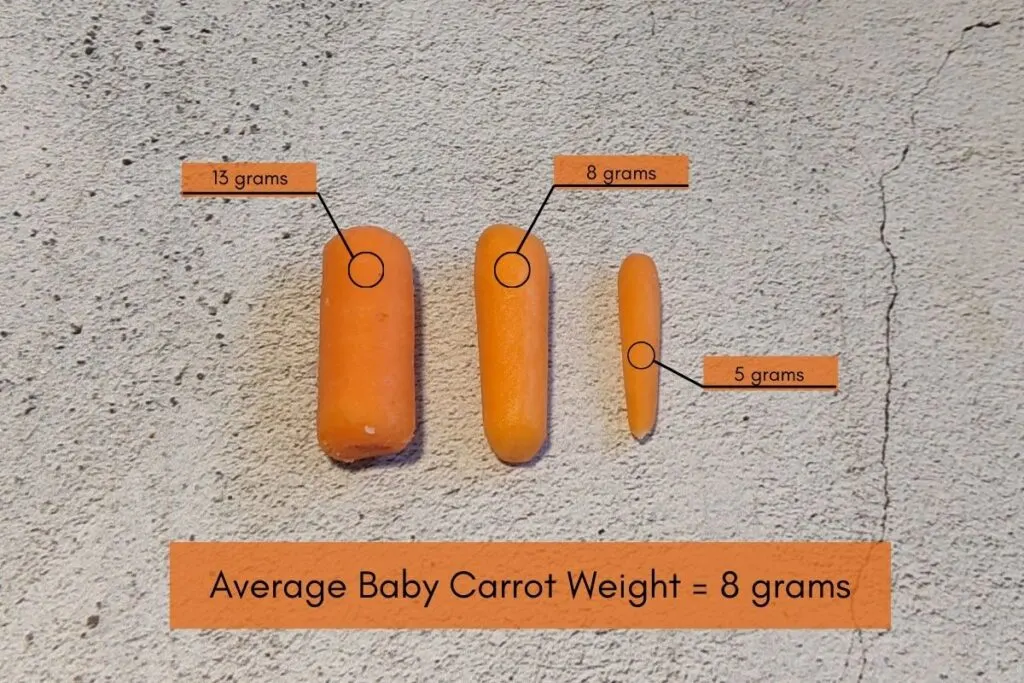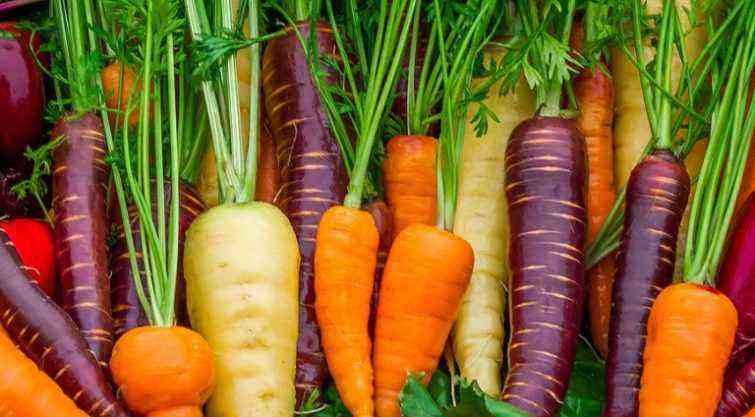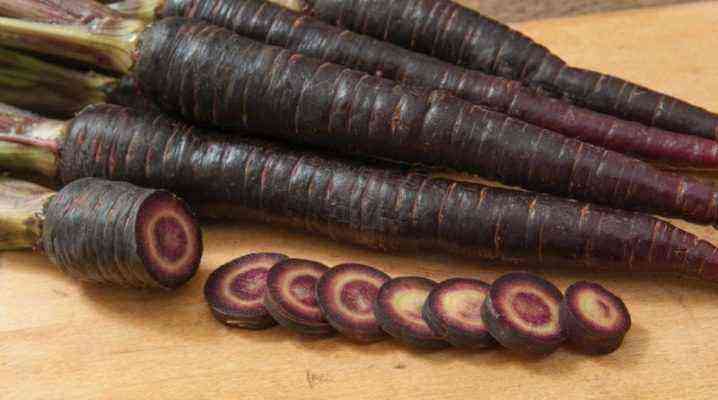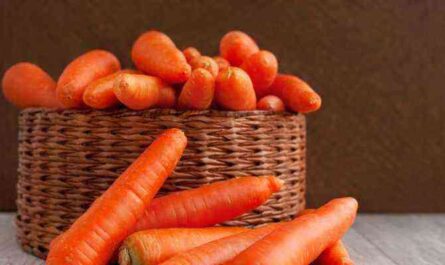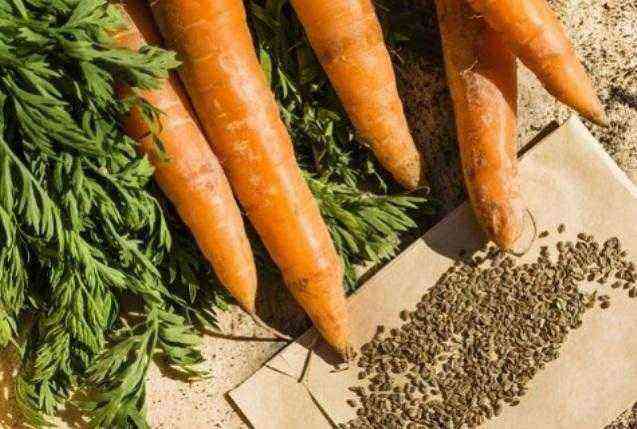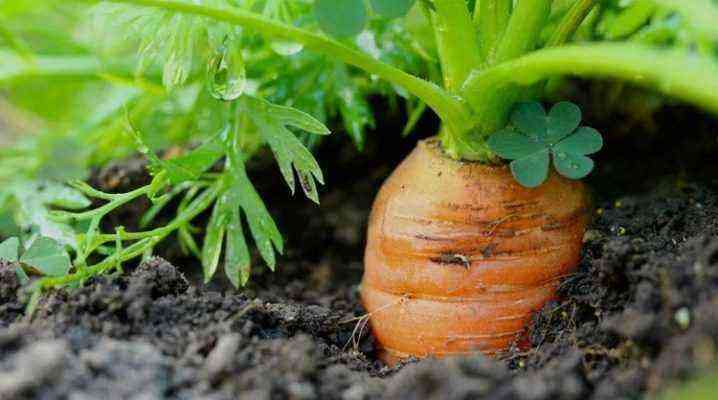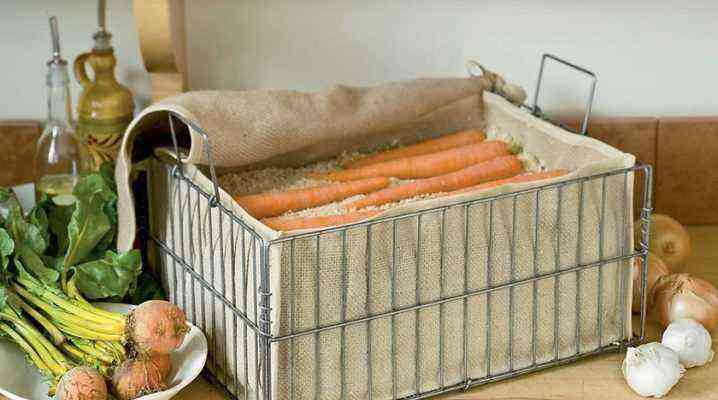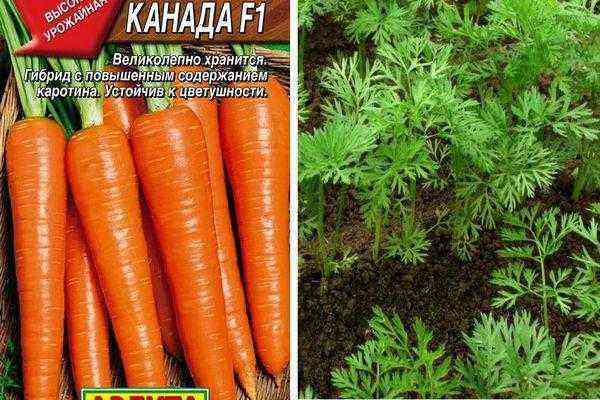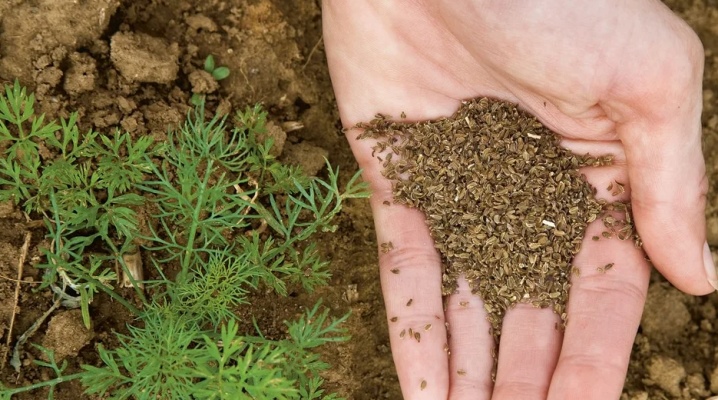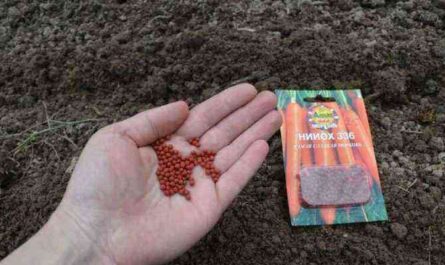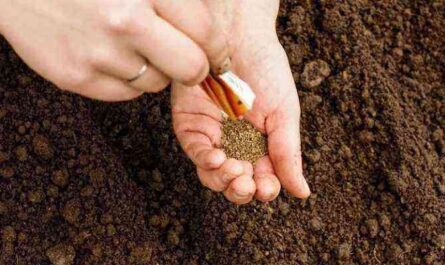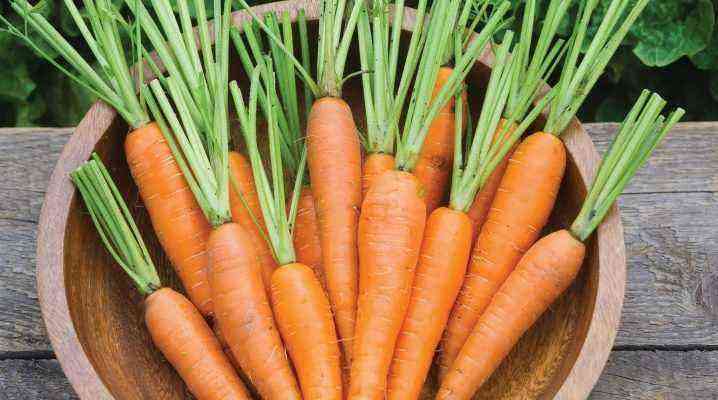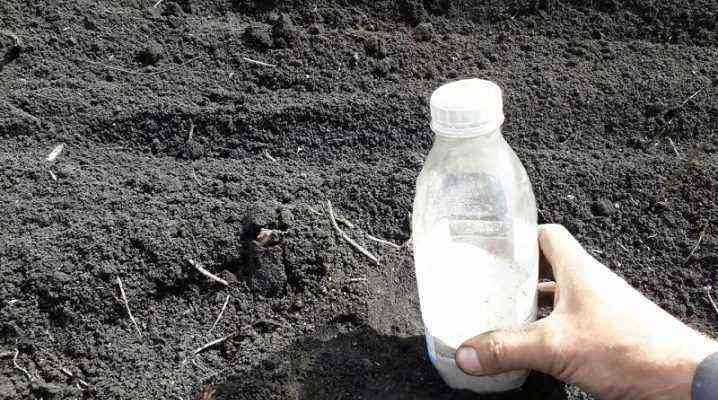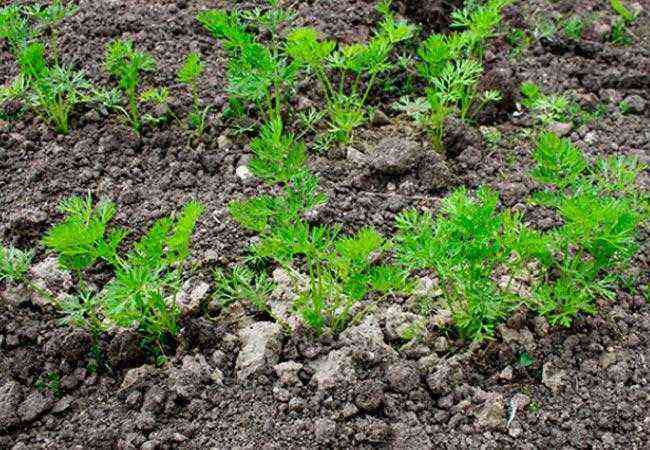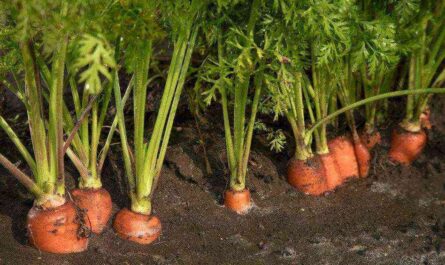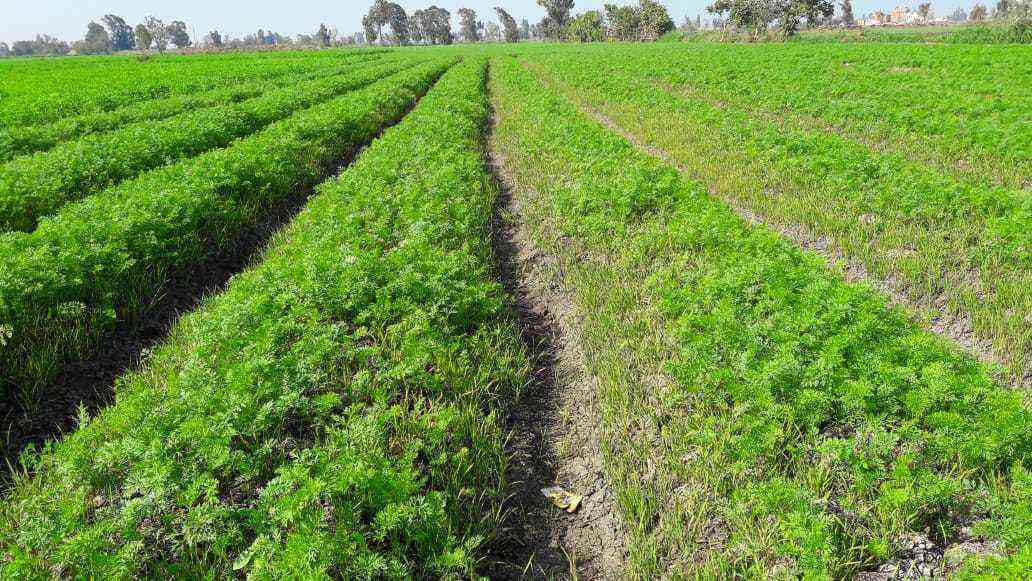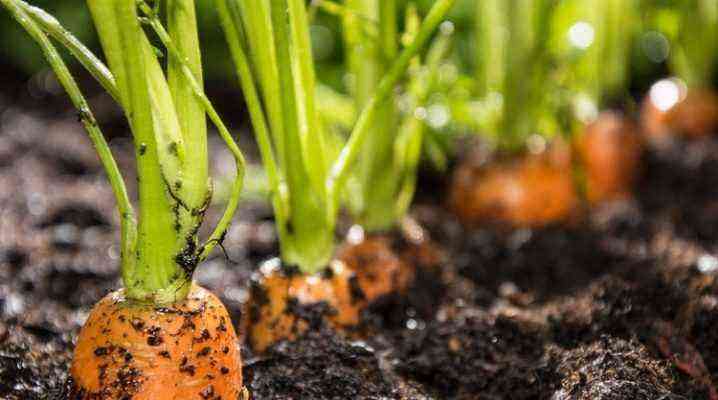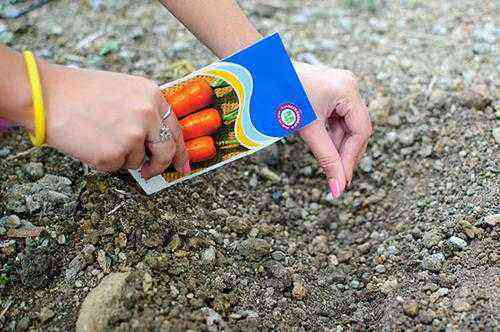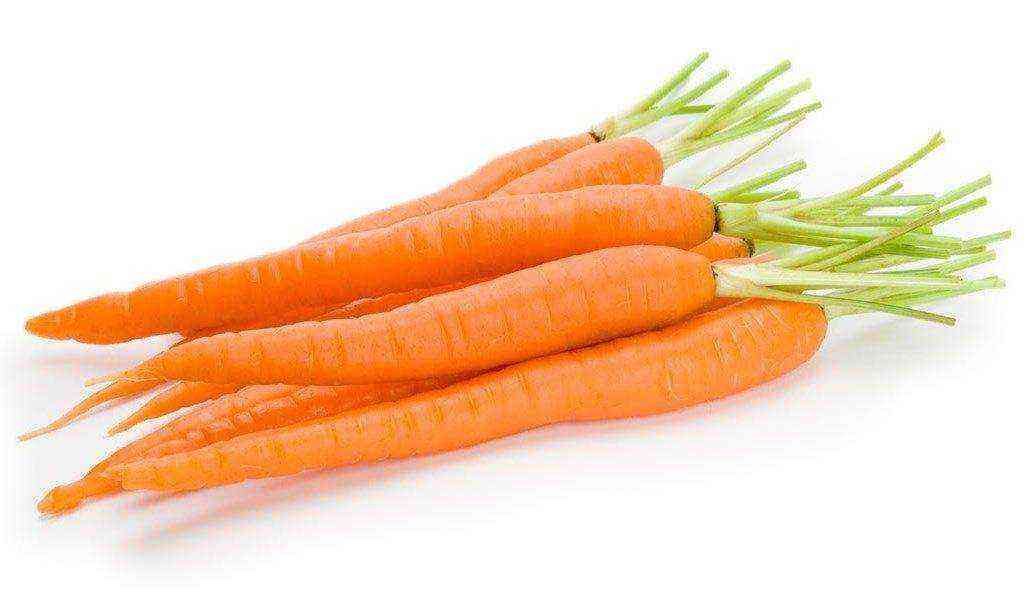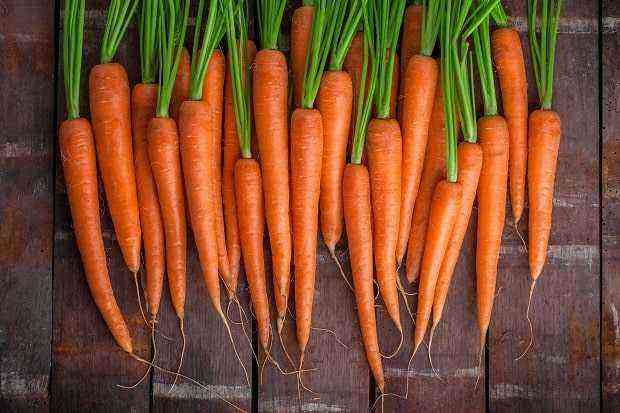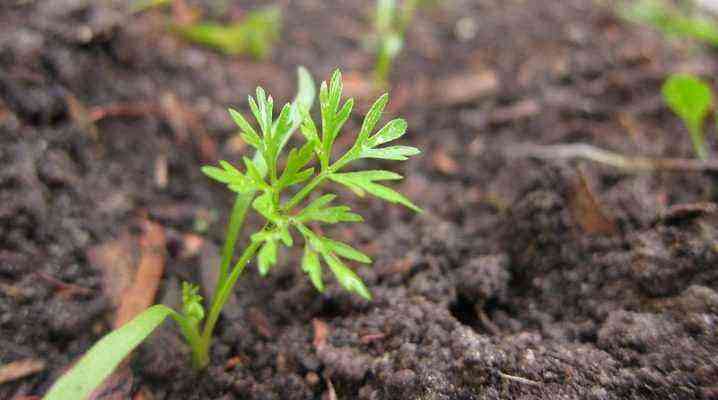Scorzonera is known as black sweet carrot because of the dark color of its edible roots. This plant is really high in sugar. In appearance, it resembles a carrot. Scorzonera is low in calories (only 17 kilocalories), but rich in useful substances. It is used to treat various diseases and in cooking (as a vegetable delicacy).
Botanical characteristics of scorzonera
It is an annual or biennial plant that is usually grown for its dark root color and lush rosette of green oblong leaves. For its sweetish and delicate taste, the Romans called it licorice. Another name for the culture is black carrot, goat, winter asparagus.
general description
Scorzonera: what is it? Biennial culture from the Astrov family. In the first season, a long spine and a lush rosette of oblong leaves grow. The next – flower-bearing thin stems and seeds appear. The flowers are large, yellowish, pleasantly smelling of vanilla, similar to dandelions. Flowers are collected in inflorescences. The branched stem can reach a height of one meter. Leaves – basal greenish lanceolate or pinnately dissected.
The root is pivotal. Length – 33-40 centimeters. A long, thick root crop is covered with a dark, rough skin on top. Inside is a light pulp, rich in milky juice. The diameter of one such root crop is 2,15-4,0 centimeters, weight – 62-70 grams.
The growing season in the first year of life is 120-140 days. The plant is winter-hardy, tolerates winter well, if it is covered with dry foliage before wintering. The next season, the culture develops for 120 days.
Places of growth
The homeland of the dark scorzonera is considered to be southern Europe and Asia. Wild forms of this plant, and there are about 150 species of them, grow on sandy, limestone, rocky soil in the southern states. In Western Europe, scorzonera began to be grown only from the 17th century. The ancient Greeks were the first to notice the healing properties of culture.
In Russia, this plant is a rare guest in the garden. True, in the Crimea, the sweetish scorzonera is known and loved, various dishes are prepared from it. It is also cultivated in America.
Composition
Scorzonera is the most valuable culture in its composition. It contains a lot of potassium, calcium and phosphorus, as well as various vitamins. The culture is rich in carbohydrates and proteins. Scorzonera roots contain inulin (almost 10%), a natural polysaccharide. This substance improves the functioning of the digestive system, cleanses the body of toxins and bad cholesterol. Inulin gives root crops a rich creamy taste, a good substitute for natural coffee.
Palatability
In its raw form, such carrots are rarely consumed. It tastes like a cabbage stalk or a young walnut. Boiled or fried scorzonera is a completely different matter. This is an exquisite delicate delicacy. The cooked root vegetable tastes like boiled asparagus. Perhaps that is why the plant was called winter asparagus. True, the taste of scorzonera improves if the root crop stands in the garden until the first frost.
Medicinal properties
In the Middle Ages, scorzonera was treated for plague, used for snake bites (as an antidote). It is useful for overweight, rheumatism, beriberi, diabetes, anemia, atherosclerosis. The use of root crops significantly improves metabolism and normalizes the work of the stomach and heart.
Cooking application
In ancient times, the sweetish scorzonera was grown exclusively for medicinal purposes. Now root crops are cooked like ordinary asparagus or cauliflower. Sweetish scorzonera is added to drinks and ice cream. Before use, the skin must be removed from the root and immediately placed in cold acidified water (so as not to darken).
Root vegetables are fried in oil, added to soups, omelettes, pastries and even delicate soufflés. Dishes prepared with scorzonera have a pleasant vanilla aroma.
A surrogate coffee is prepared from the dried roots. Young leaves of scorzonera and sweetish roots can be added to summer salads. True, before use, the roots are soaked for two hours in salted cold liquid so that the milky juice stops flowing. Peeled roots can be preserved (like asparagus). Scorzonera is added to cucumbers (zucchini) during salting to make them more crispy.
ethnoscience
Due to the composition rich in useful substances, the sweetish scorzonera is used for the prevention and treatment of various diseases. Healing drinks are prepared from root crops and leaves. According to its medicinal properties, the culture resembles ginseng.
black carrot juice
The milky juice and grated flesh of the roots are used to treat purulent wounds. Lotions with fresh juice help even with periodontal disease. Scorzonera helps to remove stones from the gallbladder and kidneys. To do this, the juice is mixed in equal proportions with honey and drunk one tablespoon before each meal for several weeks. Juice is prepared as follows: root crops are cleaned, crushed, and liquid is squeezed out of the resulting slurry.
Decoction of leaves
To prepare a decoction, take 20 grams of crushed leaves and a glass of water. The greens are boiled for 15 minutes, then insisted for another 32 minutes. Filter before use. The decoction is useful for colds. They treat skin diseases, gout, wash wounds.
Decoction of roots
Useful for bronchitis and for the treatment of the liver. Take a glass of boiling water for one tablespoon of chopped root crop. The roots are boiled for ten minutes, then infused for 30 minutes. Take one tablespoon three times a day.
Infusion of roots
An excellent tool that helps to improve the body, cure the liver and gall, increase potency. Two tablespoons of crushed root fall asleep in a thermos and pour two cups of boiling water. Insist day, take before meals.
Противопоказания
Scorzonera has no contraindications. On the contrary, it is used for poisoning and toxicosis. Plant juice cleanses the body of radionuclides, helps with alcohol addiction. True, it can have a laxative effect.
Sorts
This plant, rare for Russian gardeners, has several varieties. They differ mainly in terms of maturation.
Solar Premiere
An early popular variety. Ripens after 100 days. It has long ovoid leaves. Roots reach 28-30 centimeters in length. The mass of one root crop is 63-80 grams.
Vulcan
Mid-season culture. Ripens at 110-120 days. It has oblong greenish leaves and long roots with dark skin. Inside the root crop is a tender white pulp. The mass of one is 65-80 grams.
Medical
Ripens in 120 days. Rosette sheets – slightly raised. The leaves are greenish, oblong. The root crop is long (30-35 centimeters), has a tender pulp, the mass of one is 62-80 grams.
overseas delicacy
Mid-season culture. The roots are oblong, grow up to 40 centimeters. The mass of one is 105-155 grams. The pulp of root crops is tender and sweet.
Gypsy
Mid-season culture with rough leaves and oblong roots. The length of the spines is 33 centimeters. The taste is sweet, slightly astringent.
Black Lisa
Mid-season culture bred by German breeders. It has small in length, but very tasty root crops. Grown for dietary nutrition of people with diabetes.
Russian giant
Late variety. Culture with oblong lanceolate leaves and dark brown large root. Used in diet food.
Spanish black
thermophilic culture. It is desirable to grow in a polycarbonate greenhouse. It has medium length root crops with tender sweetish pulp.
Black Knight
Exotic and thermophilic culture. In the process of growth, it forms a lush rosette of leaves and root crops (up to 33 centimeters long).
purple dragon
Mid-season culture. It has medium-sized roots with dark skin and greenish-purple leaves.
Puso Asita
Mid-season and heat-loving culture. Popular in southern countries. It has medium-sized root crops with sweetish pulp.
Growth conditions
Scorzonera loves fertile, loamy or sandy loamy, moderately moist, neutral soil. Requires deep loosening of the soil. Does not tolerate fresh manure. An excess of organic matter affects the shape of the roots – they begin to branch.
Planting culture
Scorzonera is sown directly in the garden, in spring, at the end of April, at the beginning of summer or in August – before winter. For spring planting use soaked or slightly germinated seeds. Pre-seeding material can be processed in a weak solution of potassium permanganate.
Scorzonera seeds are sown as soon as the soil warms up and dries. They germinate at a temperature of 5-6 degrees Celsius. Before the emergence of shoots of scorzonera, the planting is covered with plastic wrap on wire arcs. When sown in spring, the seeds germinate in 8-15 days. It is important not to delay sowing. The sooner the seeds are sown, the larger the roots will grow. During the summer sowing, the roots are small, so they are often left in the ground until next spring.
To obtain planting material, scorzonera is sown in early August. Until autumn, the plants will have time to take root. Before wintering, they are covered with dry leaves or straw. In the second year, large root crops are formed, and at the end of summer, seeds can be collected. Shelf life of seeds – no more than 2 years.
Terms of maturation
Scorzonera can be harvested for consumption in the summer, and for storage from the beginning of October. Root crops are usually dug up after the first frost. The ripening period is 120-140 days.
Productivity
The weight of one root crop is about 60-100 grams. From a row one meter long, you can collect 1-2 kilograms of scorzonera.
Soil Preparation
The earth is dug up and loosened before planting. Digging depth – 35 centimeters. The soil must be loose and light, otherwise the roots will grow crooked. You can add a little peat or sand to the garden soil. For spring sowing, the soil is fertilized with manure from autumn (0,5 buckets of humus per square meter of land). A few days before planting, a little wood ash (310 grams), superphosphate and potassium nitrate (40 grams per square meter) are added to the soil. Culture does not like lime.
Sowing scheme
Sowing scorzonera is carried out in various ways: in rows or ribbons. Shallow grooves are made in the ground. In the spring, the seeds are buried in the ground by 1-2 centimeters, in the fall they are buried by 3 centimeters. With any method, every 2-4 rows leave a passage of 60 centimeters.
Tape
With the tape method, scorzonera seeds are sown in long ribbons. Each such tape can have 2-4 rows. Between adjacent plants in the same row leave 10 centimeters. And between the tapes the distance is 50 centimeters.
in rows
Black carrots are sown in narrow or wide rows. With the narrow-row method, 10-15 centimeters are left between neighboring plants. The distance between the rows is 20 centimeters. With the wide-row method, the beds are freer. The distance between the rows is 30-40 centimeters.
Care of the plant
When 2-3 leaves appear on the seedlings of scorzonera, the bed is thinned out. Between adjacent sprouts leave 5 centimeters. When the scorzonera seedlings grow a little, the rows are re-thinned out. Between neighboring cultures leave 10-15 centimeters.
Watering
Water the scorzonera regularly throughout the summer. Abundant watering is needed for the culture immediately after germination. For a bed one meter long, 5 liters of water are consumed. Plants are watered twice a week. In summer, at the time of development and growth of root crops, the culture is watered only in a dry season.
Loosening
The earth in the garden is loosened after rain or watering. Plants spud twice a season, raking a little soil from the garden to the root crops. In the process of loosening, the soil crust is removed and the roots are allowed to breathe.
Mulching
Moisture will not evaporate much if the ground near the scorzonera is mulched. As mulch, you can use rotted sawdust or straw. This approach has another advantage. Weeds will not be able to break through from under a thick layer of mulch.
Weeding
In the process of growth, the garden bed must be regularly looked after. It is important to constantly remove weeds that grow near black carrots. Weeds take away nutrients and moisture from scorzonera.
fertilizers
Fertilize the beds with scorzonera two or three times per season. Complex fertilizers are applied to the ground (Kemira Universal). Prepare a solution: 1 tablespoon of the nutrient mixture is dissolved in 10 liters of water. The solution is watered with a bed. You can take 10 grams of ammonium nitrate, 20 grams of superphosphate and potassium salt as a top dressing. Dry substances are dissolved in 10 liters of water, and the area is watered with a solution.
Good neighbors
Near the beds with scorzonera, you can plant onions, garlic, tomatoes. With their smell, these plants scare away some insect pests from the garden. To attract beneficial beetles near the beds, you can sow dill, mint, marigolds or calendula.
Predecessors
Scorzonera is planted in the garden after onions, potatoes, cucumbers, pumpkins. In one place, the culture can grow 3-4 years. It is undesirable to plant scorzonera after carrots, tomatoes, celery, cabbage. These plants have common diseases and pests.
The main problems
In the process of growth, you can encounter various problems: plants can grow poorly, wither. Leaves – turn yellow, dry out or become stained. At the very beginning, you need to determine the cause of the problem and only then outline ways to fix it. Usually, black carrots get sick or grow poorly if the agrotechnical rules for growing are not followed.
Soil Moisture
If the earth is abundantly flooded with water, all useful additives will be washed out. In waterlogged soil, the roots will rot. Strong moisture will provoke the development of fungal or bacterial infections. Diseased plants will wither, turn yellow.
Lack of moisture
If the soil is not watered, the culture will begin to dry out. Salt crystals cannot enter the plant. Black carrots will be depleted of nutrients. The roots will grow small. Moderate and timely watering will ensure the normal development of root crops.
Excessive thickening
Scorzonera does not tolerate shading and too dense plantings. It is advisable to thin out the bed, otherwise the root crops will grow small. The optimal distance between neighboring crops is 10 centimeters.
Insect pests
Sweet-tasting root crops can be spoiled by crawling, ground-dwelling, flying insects.
Slugs
Crawling insects. Coniferous mulch saves from slugs. The ground near the scorzonera can be watered with vinegar, sprinkled with mustard powder, ash.
Medvedki
Insects that live in the ground. They are saved by insecticides (Aktara, Confidor) or garlic tincture. Insecticide solutions are poured over the soil near the plants.
Nematodes
Small worms that live in the ground. They feed on root crops, make moves in them. For the destruction of insects, solutions based on Mercaptophos, Lindane, Phosphamide are prepared.
Mole
An insect that looks like a butterfly. Lays eggs on leaves, from which caterpillars emerge. They feed on the leaves of black carrots.
To control insects, spraying with insecticides and dusting with wood ash is used.
Diseases
Due to a lack of nutrients in the soil or in rainy weather, plants can become weak and sick. Root crops and leaves are affected by fungal and bacterial infections.
Various types of rot
Mainly root crops are affected during storage. Rotten dark or grayish spots appear on the roots, consisting of mycelium of fungi. To combat rot, fungicides (Fitosporin) are used.
Bacteriosis
An infection that leads to softening of root crops. Rarely affects roots in the soil, more often occurs during storage. For prevention, plants are sprayed with a solution of potassium permanganate and enough potassium and phosphorus are added to the soil.
Cerkosporoz
Numerous light or brown spots are visible on the leaves. Preventive treatments with a solution of potassium permanganate, colloidal sulfur or fungicides (Fitosporin, Quadris) save from a fungal disease.
Harvesting and storage of crops
Scorzonera is harvested in late autumn, just before the onset of cold weather. Root crops are dug up as carefully as possible, prying them with a pitchfork. It is important not to hurt or damage the long and fragile root, otherwise the milky juice will flow out of it. A damaged root crop becomes fibrous, poorly stored and rots.
Before storage, the tops are cut at a distance of 4 centimeters from the root crop. Scorzonera is cleaned from the ground, dried and stored in a dry and dark cellar at a temperature of 0-5 degrees Celsius. Root crops are placed in wooden containers and sprinkled with sand.
You can not dig out the scorzonera, but leave it in the garden for the whole winter. If necessary, you can dig a couple of roots. True, before wintering, it is advisable to cover the plants with dry foliage or straw. Fresh root crops dug in early spring will save you from beriberi. If the entire crop is harvested from the garden, then a few plants are usually left for seeds.

